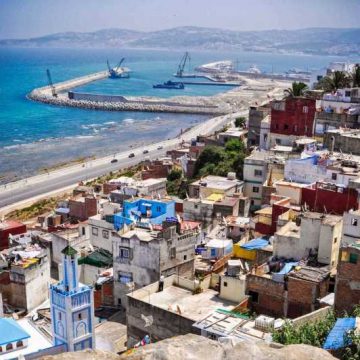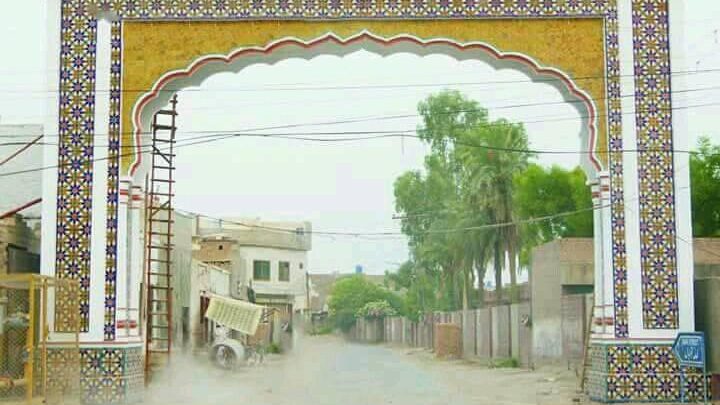Nestled at the heart of Marrakech, the vibrant « Jamaa el-Fna » square enchants visitors with its captivating energy and rich cultural tapestry. Yet, the origins of its name remain shrouded in mystery, offering tantalizing glimpses into the city’s storied past.
The Dream of Sultan Ahmad al-Mansur:
In the 16th century, under the reign of the Saadian sultan Ahmad al-Mansur, a grandiose vision took shape: the construction of a majestic mosque in Marrakech. Dubbed the « Mosque of Prosperity » or « Mosque of Tranquility, » it stood as a symbol of the sultan’s ambition and his vision for a resplendent city.

A Fateful Turn of Events:
However, destiny dealt a cruel blow. Epidemics of plague and other calamities ravaged the city, forcing the sultan to abandon his dream. The mosque, its walls already reaching towards the sky, was frozen in a state of ruin, a poignant symbol of an ambition thwarted.
The Mosque in Ruins:
The historian Abderrahman as-Sa’idi immortalized the story of this unfinished mosque in his 1655 book. He recounts that the sultan Moulay Ahmed had begun construction on the grand mosque and, due to its magnificent design, it was named the « Mosque of Prosperity. » However, a series of unfortunate events prevented the sultan from completing the structure before his death, and it was subsequently named the « Mosque of the Ruin » (« Fna » in Arabic).

The Mosque’s Legacy:
This mosque stood at the heart of the present-day square, occupying a large portion of its space. After the project was abandoned, the remains of the ruined mosque remained visible until the 19th century, serving as a central landmark and informal gathering place.

The Evolution of « Jamaa el-Fna »:
Over time, the association with the ruined mosque solidified, and the name « Jamaa el-Fna » became established as the designation for the entire square. The name itself is a combination of « jamaa, » meaning « place of assembly » or « congregation, » and « el-Fna, » which can be translated as « empty » or « ruined. »
The name « Jamaa el-Fna » is thus inextricably linked to the history of the « Mosque of the Ruin. » It represents a symbolic heritage and a tangible link between the past and present of the square. Understanding this etymology allows us to fully appreciate the richness and depth of this unique place at the heart of Marrakech.




